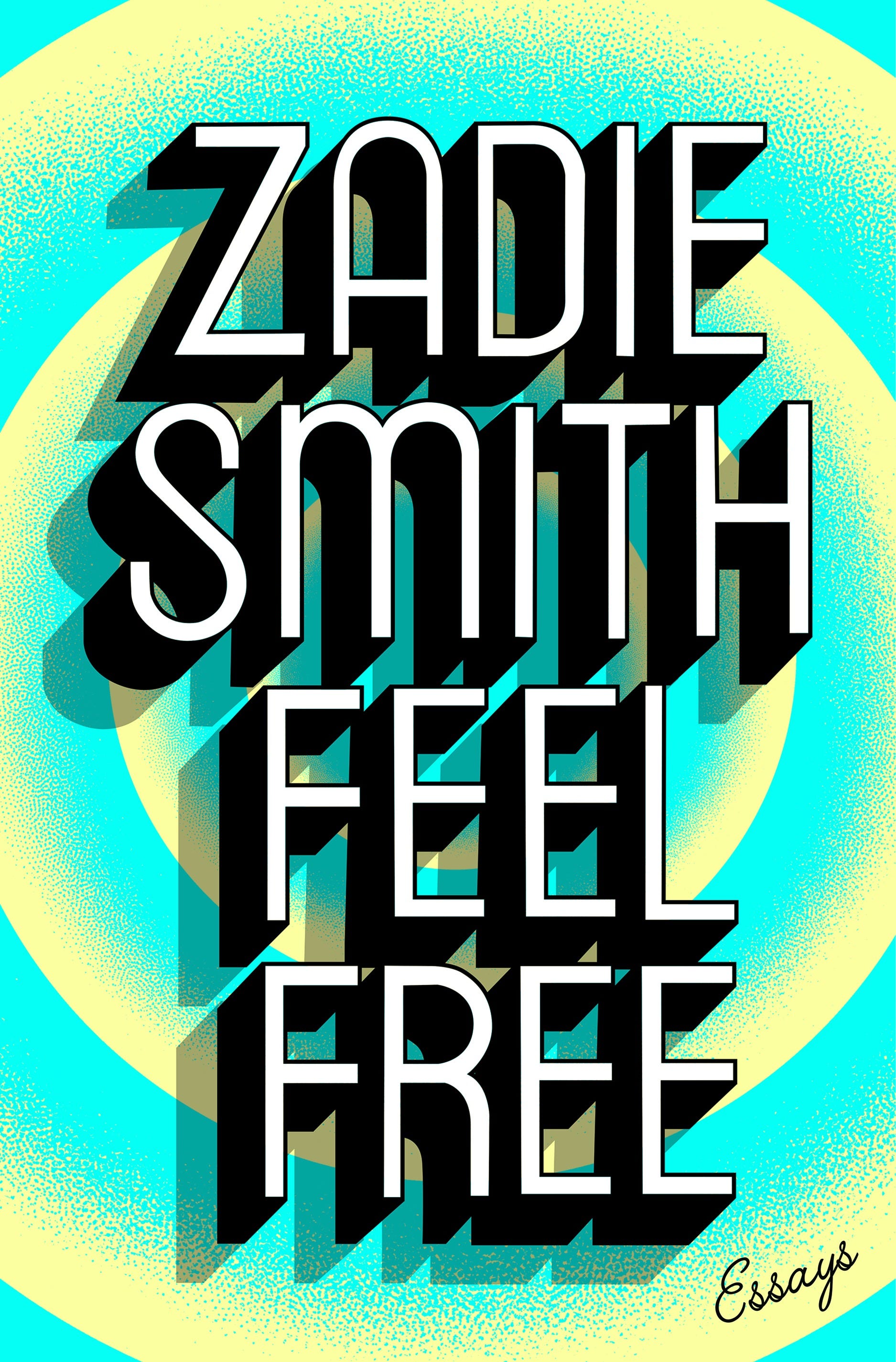
'Feel Free' by Zadie Smith
Penguin Press
Feel Free, Zadie Smith's second collection of essays (Penguin Press, 435 pp., ★★★½ out of four), brims with a wide-ranging enthusiasm — she's stoked by everything from highbrow art to TV sketch comedy. But her excitement is tempered by a concern over what politics have done to the cultural landscape.
In the opening pages, she laments public libraries that are at risk of closing in her native England and the ugly tribalism fueled by Brexit. Smith likes to keep musical and artistic metaphors handy — her 2016 novel, Swing Time, was a study of race framed around dance and pop music — and she bemoans the lousy symphony she's hearing these days. "At this moment, all over the world — and most recently in America — the conductors standing in front of this human orchestra have only the meanest and most banal melodies in mind," she writes.
The stakes are high for cultural consumers, she argues, especially if what we value in culture is diversity. She's comfortable diving into the occasional controversy to make that point: For instance, she defends a white painter's rendering of Emmett Till against accusations of cultural appropriation. Any firm dictate about what identity is, who should make art of it and how, leaves her skeptical. (Note the book's title.)
But at heart she's more a booster than a warrior, inclined to praise her chosen subjects, among them Jay-Z, Joni Mitchell, Key & Peele, J.G. Ballard, Hanif Kureishi and Philip Roth.

Author Zadie Smith.
Dominique Nabokov
"Fiction messes with our sense of what it is possible to do with our judgments," she writes in a passage about Roth that also serves as a kind of personal mission statement. "It usefully suspends our great and violent desire to be in the right on every question, and creates an unholy and ungovernable mix of the true and the false."
That open-mindedness gives the whole of Feel Free a lively, game-for-anything spirit. A billboard spotted from her window in Manhattan is an opportunity to explore how cities shape our sense of self. A photo of Billie Holiday prompts Smith to get into the singer's head and imagine how much celebrity and racism weighed on her.
Smith's wanderlust occasionally leads to some dead ends, as when she strenuously labors to connect Justin Bieber and philosopher Martin Buber by dint of their last names. "I know, I know," she writes, recognizing the absurdity of her conceit. But she's heedlessly, almost admirably determined to see it through.
Throughout the book, Smith keeps returning to the word "joy," which for her is more than just a synonym for "pleasure" or "happiness."
In an essay on the subject that closes the book, she characterizes it as a blend of "terror, pain, and delight" — the moment of childbirth, say, or escaping peril.
Joy "has very little real pleasure in it," she writes. "And yet if it hadn't happened at all, at least once, how would we live?" She craves those rare moments when joy emerges, and falls hard for any work of art that can mimic it. Feel Free is an enchanting manifestation of how deep her craving runs.
Copyright 2017 USATODAY.com

Tidak ada komentar:
Posting Komentar